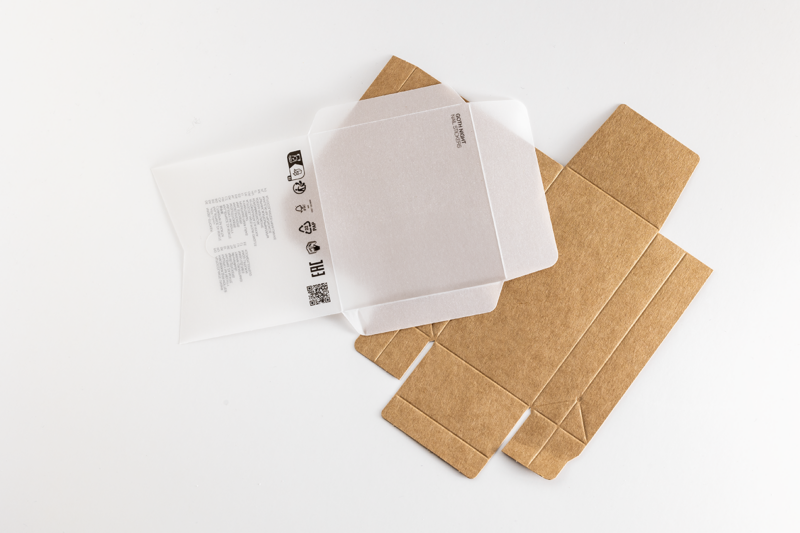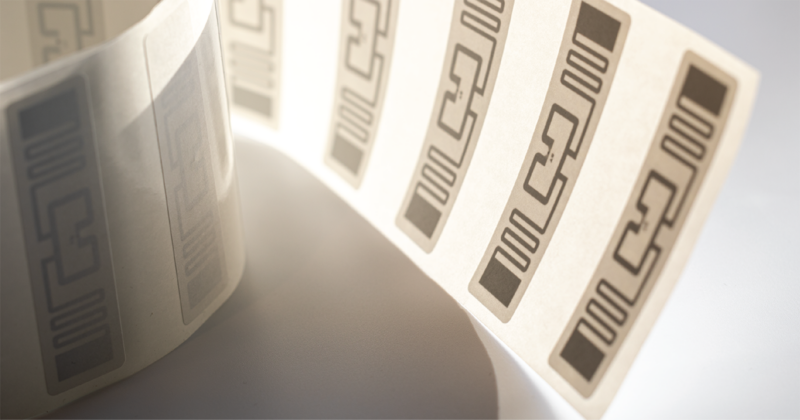In November of 2022, the European Commission put forward a proposal that aims to change packaging forever. By the end of this year, all brands selling into Europe will be legally required to have 'producer responsibility schemes' established for their packaging. It's a big job and educating yourself on the specifics now can help you formulate a plan of action well before the deadline.
Here's everything you need to know about the Packaging and Packaging Waste Regulation, how and why it's being enforced, its impact on brands like yours, and how you can prepare.
What’s the EU Packaging and Packaging Waste Regulation?
People are buying more than ever, and packaging is mounting. The total mass of packaging waste generated in the EU rose by 20 percent between 2009 and 2020. Stats show that 40 percent of plastic and 50 percent of paper used in the EU are used for packaging.
Enter the EU Packaging and Packaging Waste Regulation (PPWR). It’s a revision to the 2018 Packaging and Packaging Waste Directive (PPWD) and was proposed by European Commission in Nov 2022. The new PPWR is being introduced to ensure all packaging is reusable or recyclable in an economically feasible way by 2030.
The PPWR feeds into two existing objectives:
-
European Green Deal – which aims to achieve climate neutrality by 2050.
-
Circular Economy Action Plan – targets how products are designed, to promote a circular economy.
Read: RFID’s Role in the Circular Economy
The aim is to encourage brands to consider sustainability during the packaging design process, to promote reusing and refilling, and to help reduce waste. It will affect all 27 member states of the European Union and suppliers, importers, producers, and packaging manufacturers who are putting packaging into the EU market, including our parent company CCL, who recently wrote their own article about the changes.
EU packaging waste: what’s changed?
Changed from a directive to a regulation
At the end of 2022, the European Commission put forward a proposal for a regulation that would replace the original Packaging and Packaging Waste Directive, turning it into the EU Packaging and Packaging Waste Regulation. Parliament has looked at the proposal and is now ready to speak to national governments to finalize it, making it a legal requirement rather than a recommendation.
The law comes with targets attached, some of which are still in discussion. Examples include a refill and reuse target, which aims to reduce contact-sensitive packaging by 10 percent. They’ll also be looking at targets for plastic parts in packaging, plus a minimum recycled content target, as well as the types of plastics themselves.
Standardized ‘Extended Producer Responsibility’ schemes
At the moment, EU countries which participate in packaging waste management have different schemes in place. The new EU PPWR will standardize this for every country via an ‘Extended Producer Responsibility’ (EPR) scheme.
EPR are fees brands pay to contribute to waste management in the country they’re selling into. For example, if you’re a UK brand and you sell a T-shirt online to a customer based in France, you’ll be charged an EPR fee for the packaging. For example, the swing ticket, polybag, and outer eCommerce postage bag are subject to a fee because that's packaging that stayed in their country.

‘Designed for Recyclability’ guidelines
To help brands design more sustainable packaging, the EU plans to issue ‘Designed for Recyclability’ (DFR) guidelines by 2027. These guidelines ensure you are designing with materials that are recyclable and penalizes those that aren't.
Brands that design packaging to eliminate complicated materials that can be separated and sorted will get a better cost. By 2030, all packaging must comply with the design for recyclability criteria that's being worked on at the moment.
Timelines and targets
2024 – By the end of the year, all EU countries will need to ensure that producer responsibility schemes are established for all packaging.
2027 – DFR guidelines will be finalized, and all mandatory EPR systems will become ‘eco-modulated’.
2030 – All packaging must comply with DFR criteria, plus a target to reduce packaging waste by 5%.
2035 – All packaging on the EU market must be collected, sorted, and recycled at scale.
2040 – Packaging waste will be reduced by 15 percent compared to 2018.
How Checkpoint can help
Recyclability from design
The official Design for Recycling guidelines may not have been released yet, but the team at Checkpoint are already adept at designing packaging with sustainability in mind. Things like removing laminates and mixed materials will have a huge impact on how recyclable your packaging is. For example, we recently helped Sainsbury’s remove all plastics from their swimwear packaging using our compressed board hangers which are recyclable curbside. You can also choose to run your packaging project using the Checkpoint Planit Process — a collaborative, five-step process with sustainability at its core.
Read: Sustainability certifications explained
RF and RFID certifications
There’s no global standard for RFID recycling at present, but our teams are already working with industry organizations across the globe to help set the standard. Checkpoint is a member of America’s RAIN Alliance and the Australian Packaging Covenant (APCO).
Because there’s no standard household recycling test for RF and RFID inlays in Europe, we worked with a third-party lab to test our products on different packaging types (paper, rigid plastic and flexible plastic). The results showed no problem caused with recycling when added to your household waste and scored a good or above.

Read: RFID labels offer a sustainable future for retailers
Through this global team effort, we’re aiming to try and do what we can to look at the recyclability options for each region and what we can do to support the effort. Combined with our various memberships to sustainability initiatives and organizations, you’ll be working closely with a partner who has a seat at the table during fundamental conversations that will affect how your brand packages goods. There’s no team more knowledgeable to partner with on this journey.
Now that you’re fully armed with the facts in packaging waste legislation, you’re ready to start planning your packaging evolution towards better recyclability. We’re happy to answer any questions you might have — being so closely involved with many of the organizations setting the standard gives us access to up-to-the-minute info, which we’re more than happy to share. Reach out to our team today or visit our news and sustainability pages for more info on what we’re doing to move things towards a greener future.
